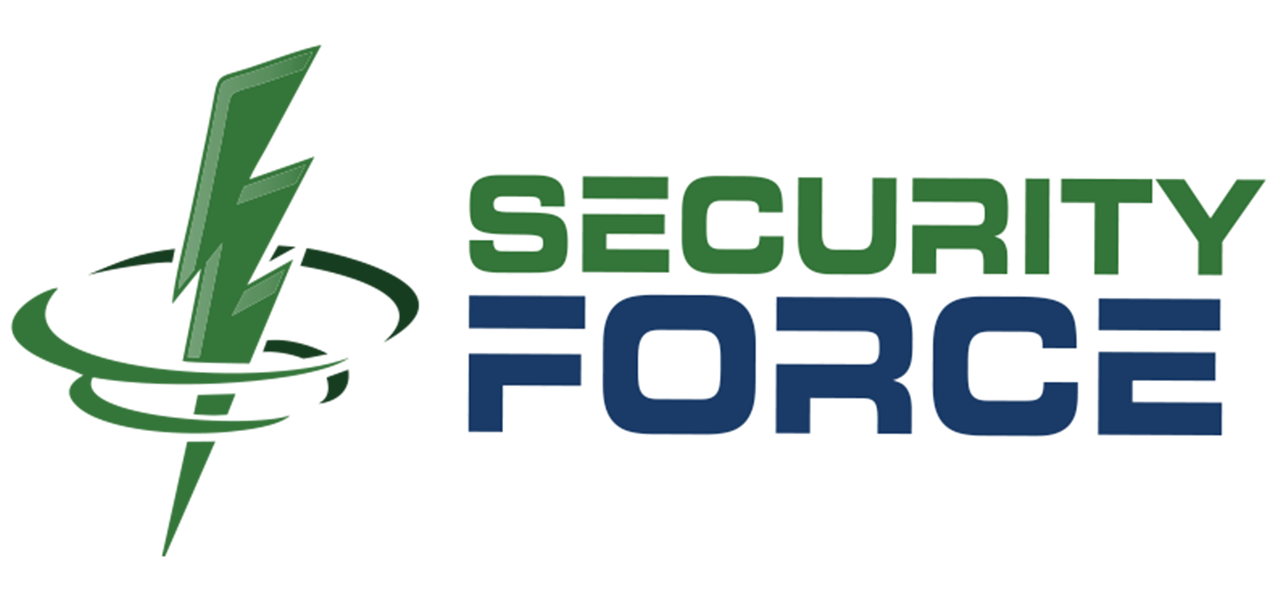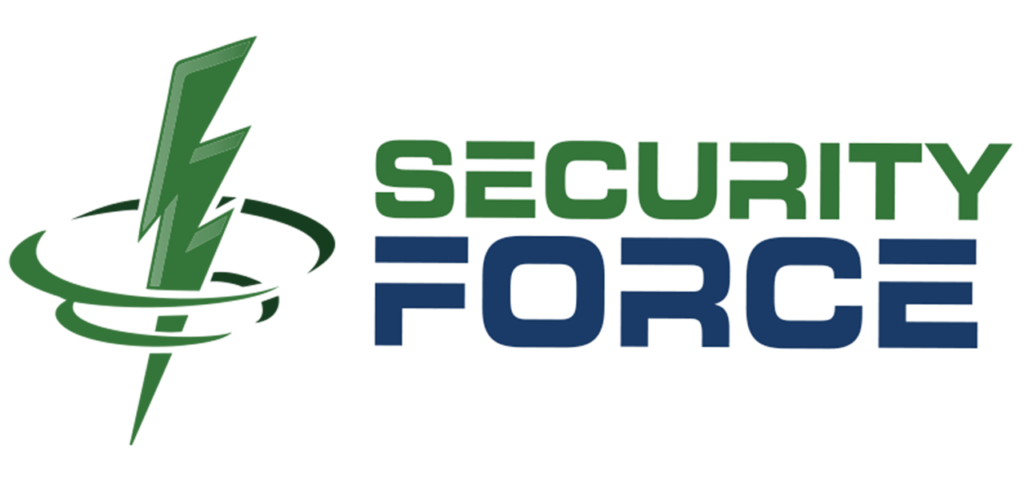Most of us don’t think twice about dragging our trash can to the curb on pickup day. But what happens if it stays out there for days afterward?
To a passerby—or worse, someone with malicious intent—that lonely trash bin is more than a minor eyesore. It’s a signal. A small but telling indicator that something might be off.
In security, we often talk about locks, alarms, and surveillance cameras. But some of the biggest risks don’t come from what’s locked—they come from what’s visible. Subtle visual cues around your property can unintentionally broadcast information to anyone paying attention.
Here’s why your trash can—and a handful of other common visual indicators—could be putting you at risk.
1. The Forgotten Trash Can
Leaving a trash or recycling bin at the curb long after pickup can signal that nobody’s home. Maybe you’re out of town. Maybe the building is unoccupied or inconsistently used. Either way, it’s a low-effort way for someone casing your property to guess whether there’s a window of opportunity.
- Risk: Signals absenteeism, especially over weekends or holidays.
- Tip: Bring bins in promptly, or have a neighbor or staff member do it when you’re away.
2. Accumulated Mail or Packages
Mail overflowing from a mailbox or packages stacked up on the porch is another classic sign that a property is unattended. It doesn’t take a genius to assume the longer it’s been sitting there, the longer it’s been since anyone’s checked in.
- Risk: Attracts package thieves and may invite break-ins.
- Tip: Use a hold-mail service, smart lockers, or ask someone to collect packages while you’re away.
3. Lights That Never Change
Lights that are always on—or always off—can be just as telling as a dark house at night. Patterns matter. If a property used to have activity in the evenings but suddenly looks dark and empty every night for a week, it raises questions.
- Risk: Helps bad actors spot routine absences or vacancies.
- Tip: Use programmable smart lighting or motion sensors to vary the lighting schedule.
4. Overgrown Lawns and Neglected Landscaping
Like trash cans and mail, your yard can tell a story. If the grass is long, weeds are growing through the sidewalk, or seasonal decorations haven’t changed in months, it sends a clear message: “No one’s been around.”
- Risk: Indicates a building may be vacant or low-priority to owners.
- Tip: Maintain regular upkeep or hire out services to keep appearances normal.
5. Visible Valuables or Equipment
Parked vehicles with tools in the back. Ladders leaning against a garage. Electronics visible through windows. All of these are small invitations to opportunistic criminals.
- Risk: Encourages theft or break-ins based on perceived value.
- Tip: Store high-value equipment out of sight, and use blinds or frosted glass on windows that reveal expensive gear.
6. Open or Unsecured Utility Areas
Unlocked electrical panels, exposed cabling, or poorly secured HVAC units can also draw attention—not just for theft, but for sabotage or illegal access.
- Risk: Enables tampering with power, surveillance, or climate systems.
- Tip: Lock and monitor all access panels and exterior systems.
The Big Picture: Visibility Is Vulnerability
Most security systems focus on controlling access—but the first step in many crimes is gathering information. If your property, building, or business offers that information freely through small visual cues, you’re making it easier for someone to exploit a weakness.
Security isn’t just about cameras and card readers. It’s also about what your environment is saying—and to whom.
Final Thoughts
Think of your property like a conversation. Everything visible from the street is telling a story. The key is making sure it’s not telling the wrong one.
If you’d like help evaluating the visual indicators around your property or want to add surveillance and alert systems to catch suspicious behavior early, we’re here to help. Let’s make sure you’re not accidentally inviting risk in plain sight.

